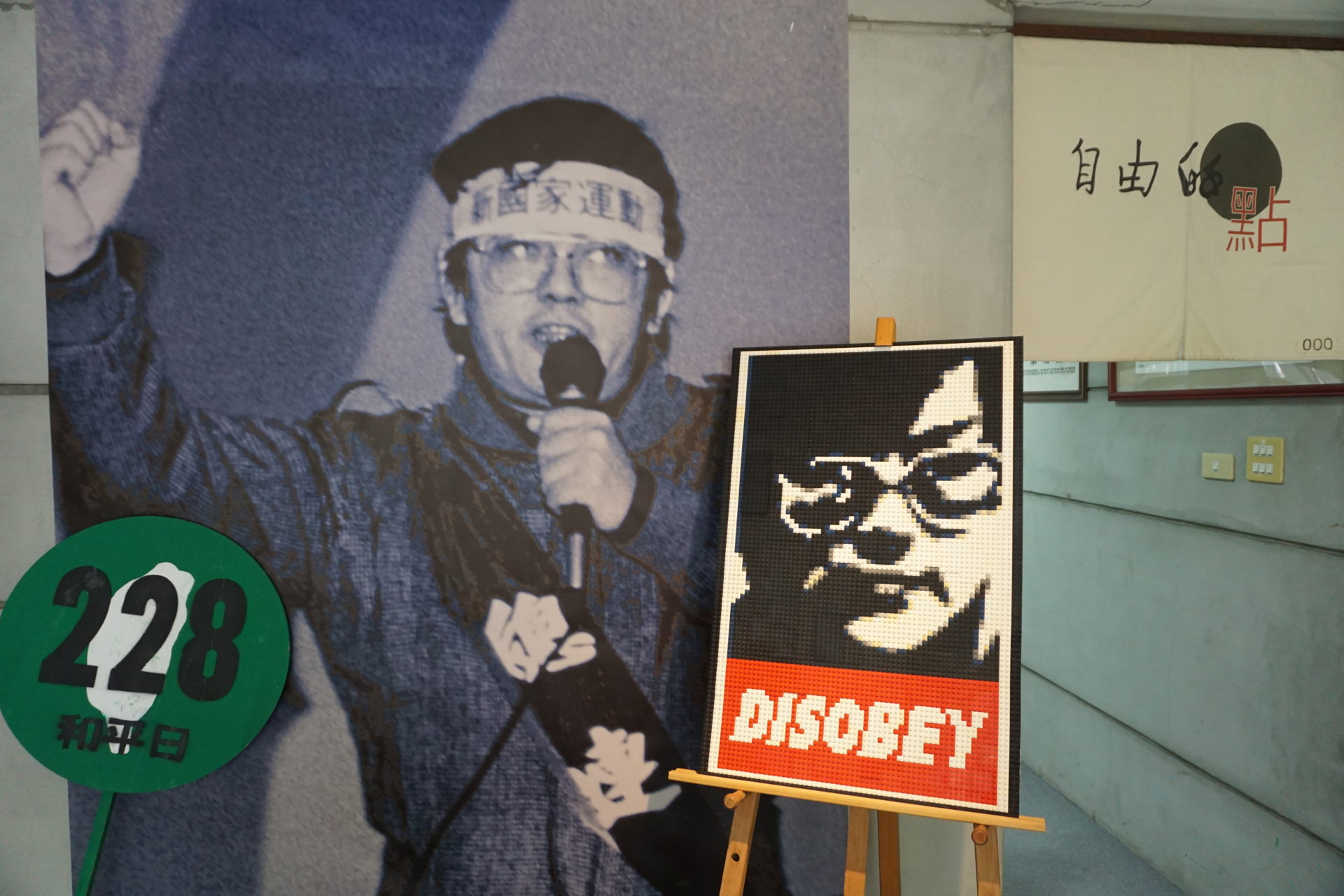【亞太博物館連線專欄】讓言論自由精神走出紀念館—鄭南榕紀念館的挑戰與實踐
Make the Spirit of Free Speech Spread Out: The Challenge and Practice of Nylon Cheng Memorial Museum
讓言論自由精神走出紀念館—鄭南榕紀念館的挑戰與實踐
Make the Spirit of Free Speech Spread Out: The Challenge and Practice of Nylon Cheng Memorial Museum
鄭南榕紀念館透過自焚現場的保存與展示,觸發觀者情緒,進一步建構全新的認知結構及身分認同。此外,有別於名人故居、黑暗觀光類型博物館,鄭南榕紀念館意欲保存積極正向的自由精神,而非特定人物。因此,如何有效介入社會成為紀念館主要目標,試圖讓Nylon精神從博物館出發,走向更廣大的群眾。
關鍵字:紀念館、言論自由、熱詮釋、社會正義、行動主義
Nylon Cheng Memorial Museum is thought-provoking and further make visitors construct new cognition and identity through his self-immolation site. Besides, different from celebrities’ former residences and museums for dark tourism, the purpose of Nylon Cheng Memorial Museum is to preserve positive spirit of freedom rather than commemorate a particular person. Therefore, how to effectively participate in society is the main goal of the memorial museum. It is trying to make Nylon’s spirit spread out to the public.
Keywords: Nylon Cheng Memorial Museum, freedom of speech, hot interpretation, social justice, museum activism
作者/攝影:劉庭妤(自由作者) 編輯:田偲妤
鄭南榕紀念館的時代挑戰
鄭南榕(Nylon),生於1947年,曾於風聲鶴唳的白色恐怖時期創辦《自由時代》週刊,挑戰國民黨威權,雜誌遭多次查禁及停刊。1986年起,鄭南榕從總編身分轉而成為街頭運動者,發起「五一九綠色行動」、「二二八和平促進會」、「新國家運動」等行動,公開發表台灣獨立言論。直到1988年,鄭南榕因涉嫌叛亂而自囚於編輯社,歷經七十一天後自焚而亡。如今,「鄭南榕」這三個字仍時常被反覆提及,成為臺灣社會追求自由民主的代名詞,比如前一陣子備受討論的「博恩夜夜秀」事件,言論自由與發言責任的定奪引發爭議;或是前年新北市教師劉芳君帶領學生參觀鄭南榕紀念館,而遭考績被打乙等的事件,也不禁讓人質疑政治力量深入校園的公允問題。鄭南榕效應至今仍在鋒頭上,將政治鬥爭裂口一五一十呈現,說明了台灣國族及主權認同的紛亂衝突。此情況下,對於鄭南榕紀念館來說,它們肩負了何種時代使命?博物館又如何介入社會,在敏感的議題裡積極發聲?保存文物的價值是什麼,它又能為群眾作出何種貢獻?
讓Nylon精神走出紀念館
看似普通民宅,鄭南榕紀念館卻曾是1980年代黨外雜誌《自由時代》編輯總部,也同時為鄭南榕自囚七十一天後燃火自焚的殉道現場。他一生追求百分之百的言論自由、公開宣言台灣獨立,是民主化浪潮的靈魂領導人物,這樣的內涵性質,使得紀念館有別於其他黑暗歷史博物館場域,並非處理大屠殺、人權暴力,或者戰爭下集體迫害的主題,反而伴隨著熱烈的抗爭思想而生。除此之外,鄭南榕紀念館又同時與名人故居、紀念館有所區別,不侷限於細節刻畫人物的日常形貌,一方面避免主題失焦,另一方面拒絕英雄主義式的盲目崇拜。總而言之,在博物館、紀念館的光譜上,鄭南榕紀念館難以定位,它更趨近行動而非展示、對話而非定義,它提倡的不是黑白分明的思想準則,而是意欲保存抽象、不可見,卻又具體存在的自由精神。
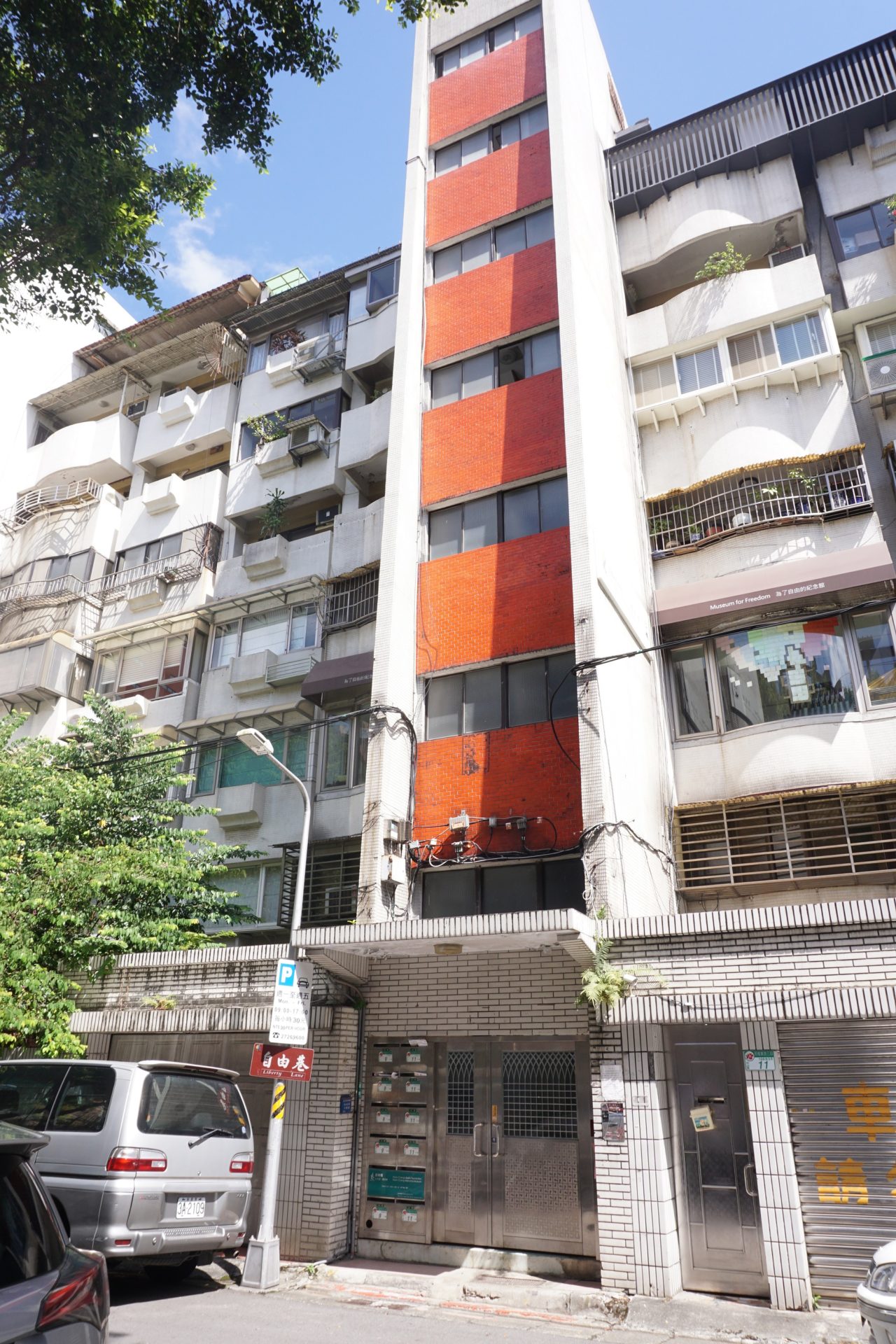
鄭南榕紀念館隸屬民間基金會管理,營運經費主要來自捐款,無能擁有更多資源以更專業維護文物及遺址現場;然而在活動推廣上,透過舉辦講座、影展、出版物、自由之路藝術節、行動博物館等方式,使得館所相較起體制健全的大型館場,無論能動性、社會介入程度都更高、更彈性。鄭南榕紀念館執行長凃之堯提到:「鄭南榕紀念館的定位的確和其他場館有些不同,但我們也不確定該如何發揮這種不同⋯⋯基金會今年做了一個嘗試,透過演唱、藝文活動等,較為軟性的方式讓大家去認識鄭南榕。我們絕不會說他是一個英雄,而是因為站在他背後的民眾,他才有辦法完成這些事,我們會想去呈現他作為一個人的樣貌,他會犯錯、有缺點⋯⋯這比較會引起民眾的共鳴,也可以吸引到不同的族群前來認識鄭南榕。」在發揚理想的背後,基金會必須面臨更現實的生存考驗,如何在有限的預算、時間與空間內,發揮紀念館最大效益?從基金會舉辦的眾多跨界活動中,以及有條不紊的網路發言與回應裡,可以看見小型場館深刻的實踐力道。
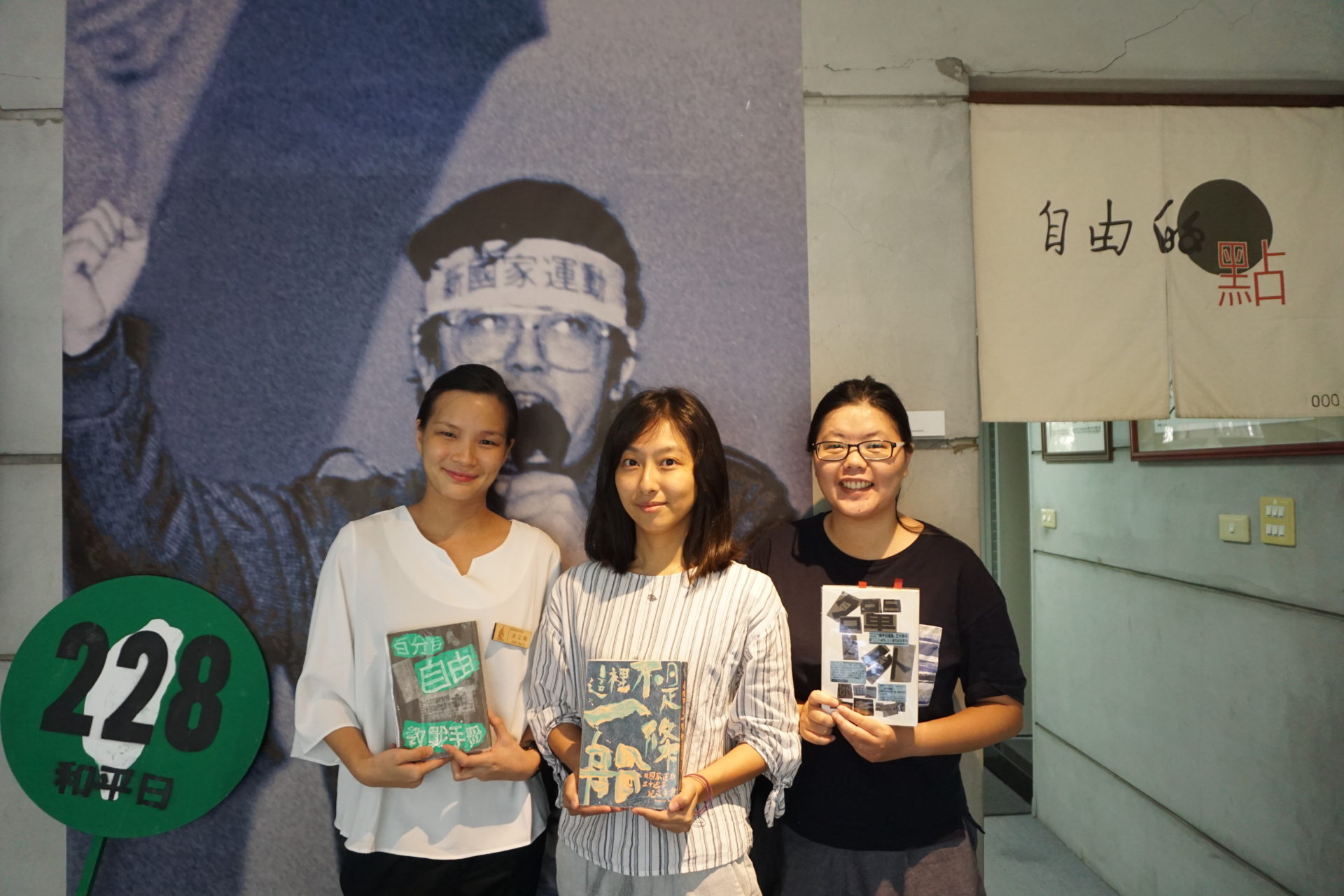
「這是真的嗎?」面對自焚現場的觀眾反應
與執行長訪談過程中,出乎意料得知,大部分參觀紀念館的民眾對於鄭南榕皆有先見認知,言論激進的參觀者並不多,也許是因爲場館地理位置較難到達,來參訪的民眾大多對此議題感興趣而專程拜訪。然而,看見焦黑的自焚現場時,仍有許多民眾第一時間會十分驚訝,質疑遺址的真實與否,常常發問:「這是真的嗎?」
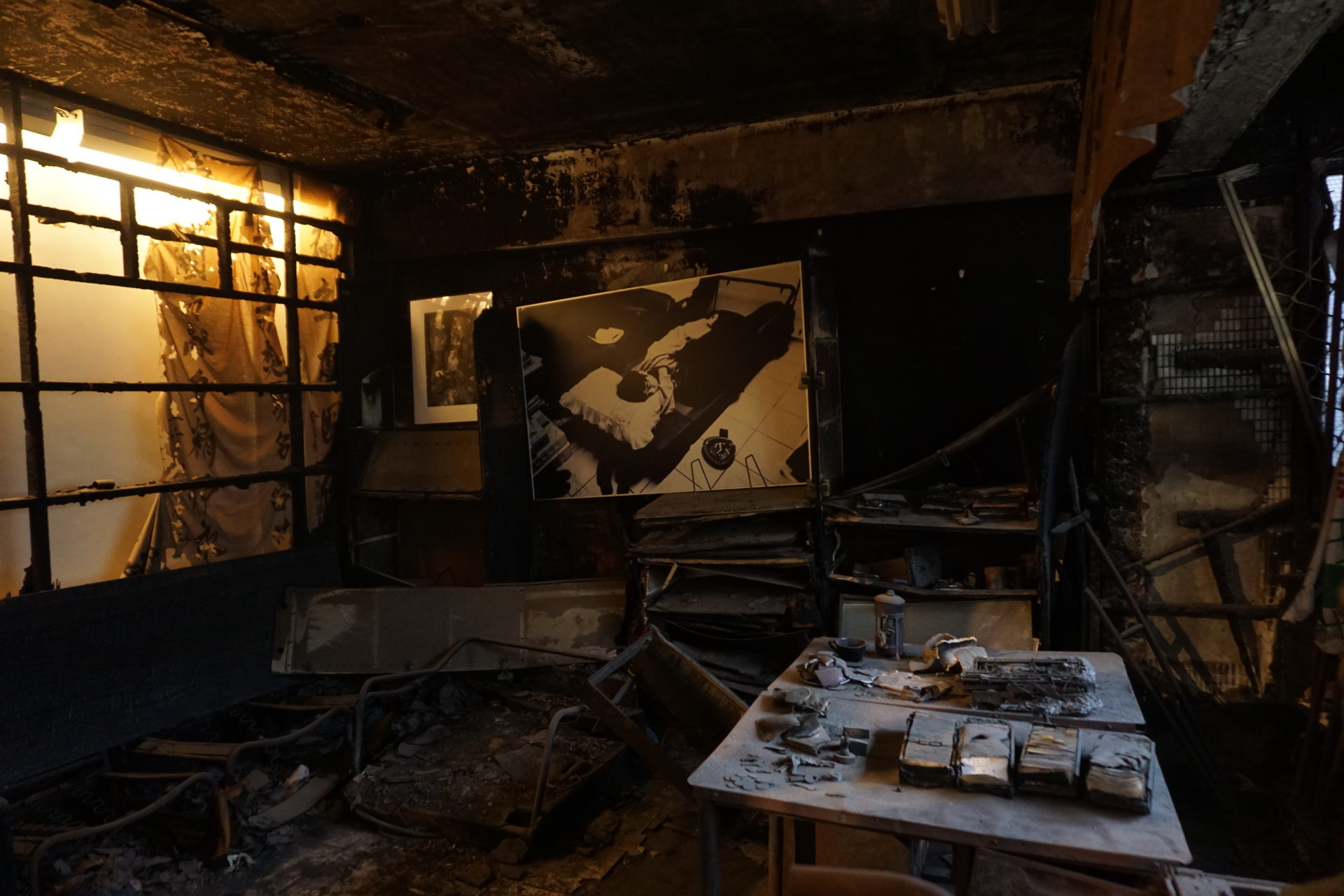
英國學者David Uzzell(1989)在將「熱詮釋」(hot interpretation)觀點應用至遺址詮釋時,提醒我們不可以忽略情緒在詮釋過程中的影響力:「客觀、抽離及理性的呈現評斷,在現今社會中被高度崇尚⋯⋯這區分並不是要將人們選擇的方式切割為冷/缺乏熱情,與熱/情緒化這兩種,而是因為人類並非機械,只要議題牽扯至人性與價值信仰時,必定會引發某種程度的情緒反應,就算我們頭腦冷靜地思索一切。」從紀念館中觀眾的第一直覺反應,以及約定俗成的香菸致意行動,可以知道自焚現場的情緒渲染力極高。紀念館展示就是以此情感的觸發,讓觀者透過驚訝、激昂、憤怒、哀傷、感同身受⋯⋯熱詮釋方式引起共鳴,以同樣身而為人之姿理解過去。這是場域的獨特魅力,充滿符號及其特有的邏輯規則,透過物質與參觀者之間的交互作用,建構人們對過去的意識,以及他們對於現在、未來的全新認知結構和身分認同:「擁有遺產,就是擁有片段歷史的身體形貌及物質軌跡;換句話說,就是擁有自己的身分,而這代表著人們擁有存活於現在、未來的權力。」(Julia Rose, 2016)
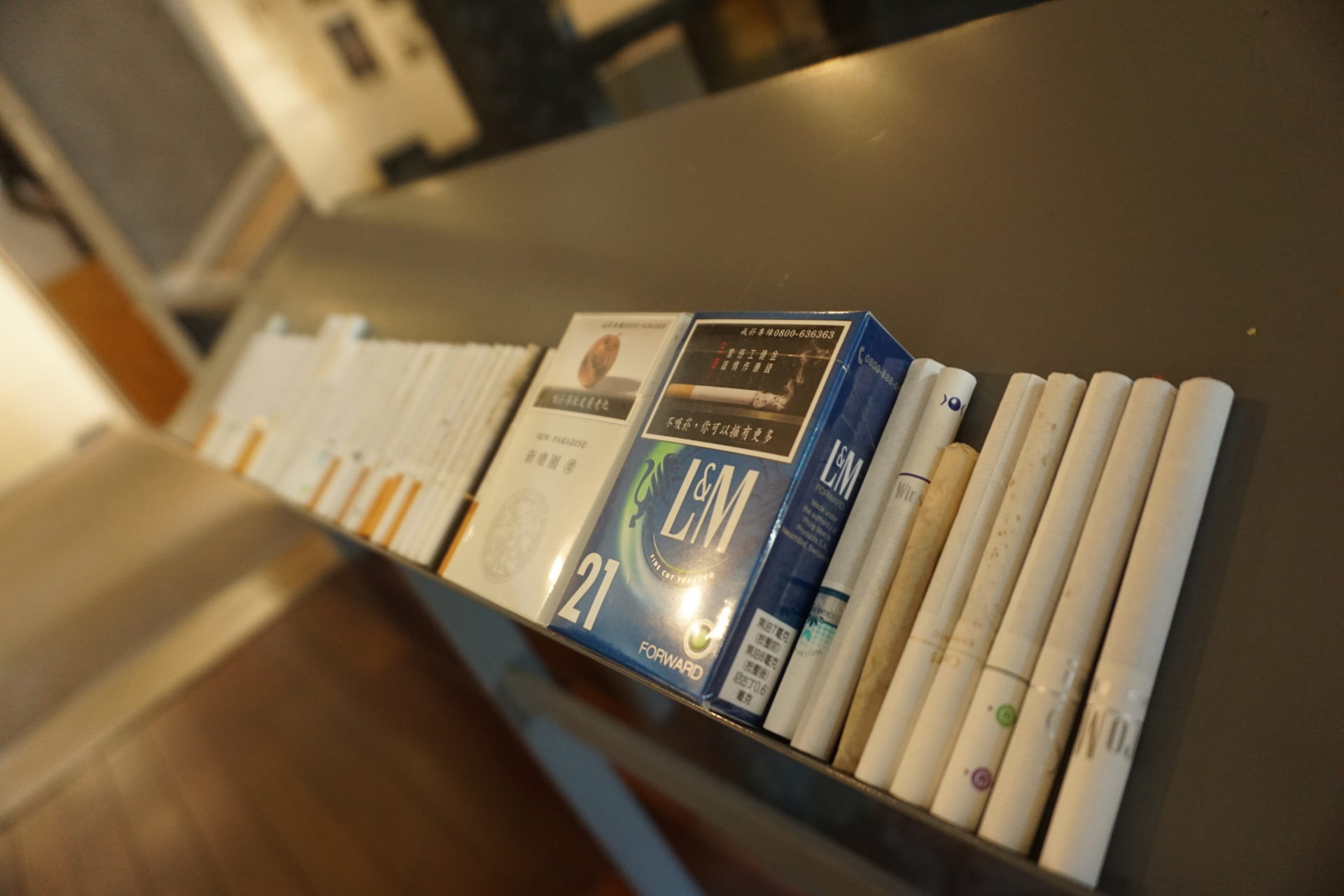
點燃日常生活中的行動思想
為什麼要來鄭南榕紀念館看展覽?執行長提出兩大原因:時間、行動力。鄭南榕開始著手進行社會運動時,是台灣民主運動狂飆的八零年代末期,他位處民主化前後的重要轉捩點,在風聲鶴唳的戒嚴時代積極發聲、策劃運動,若是民眾來參訪,觀看到的展示時間軸會聚焦這個時期發生的故事。此外,自喻為「行動思想家」的鄭南榕,他的精神是非常積極、正向的,館內有時遇到的訪客對於社會現況很憂心、很慌張,館方都會建議他們看看鄭南榕的文章,他提到我們不該以失敗主義的方式看待社會,而應該要思考生產出新的生活方式。台灣人的前途要由自己決定,決定的前提就在「言論自由」,鄭南榕紀念館正秉持著Nylon這樣的精神,繼續點燃青年世代的思想火花:「雖然場館成立二十年,但是在民宅,也不知道還能保存多久,如何讓鄭南榕精神繼續保存下去?便是靠他的文字,靠他的思想。」
Make the Spirit of Free Speech Spread Out: The Challenge and Practice of Nylon Cheng Memorial Museum
Author: Liu, Ting-Yu (Freelance writer) Editor: Tian, Sz-Yu
The time challenge of Nylon Cheng Memorial Museum
Born in 1947, Cheng has founded the “Freedom Era Weekly” in the trembling white terror period. Cheng challenged the authoritarian rule of KMT, causing repeatedly prohibition and the cease of publication of the magazines. Nylon Cheng had gradually turned to be a street activist from a chief editor since 1986 and launched numerous actions such as “519 Green Movement", “the 228 Peace Promotion Association" and “New Country Movement" etc. He also expressed an opening speech of Taiwan Independence. In 1988, Cheng committed suicide by self-immolation after 71 days of self-isolation in office. Nowadays, his name is still mentioned every now and then, becoming a symbol of freedom and democracy in Taiwan society. His name can arouse controversy between free speech and indiscreet remark from the incident of “The Night Night Show" or cause the uproar over the politics going deep into the campus when the performance review of teacher “Liu, Fang-Jun" was evaluated as Grade B after taking students to visit Nylon Cheng Memorial Museum. The influence of Nylon Cheng is still on the front, showing a state of chaos in identity of nationality and sovereignty. Under these circumstances, what’s the mission for the museum? How does it speak for the society in this issue? What’s the value of preserving cultural relics, and what contributions can it make to the public?
Make the spirit of Nylon spread out
With the appearance as an ordinary house, Nylon Cheng Memorial Museum actually was the headquarter of Tangwai magazine “Freedom Era Weekly" in 1980s and the self-immolation site at the same time. He pursues 100% freedom of speech in his whole life and is the core leader of democracy trend with his opening statement of Taiwan Independence. Along with this special background, it the memorial museum differs greatly from other historical museum filled with subjects of massacres, human rights violations or political persecution, Nylon Cheng memorial museum stands out with a vivid idea of revolutionary and resistance. Moreover, it’s also different from former residence and memorial museum of celebrities since it presents the daily life of Nylon Cheng with details, avoiding missing the point of subject and preventing from blind worship for individualistic heroism. In short, Nylon Cheng Memorial Museum is hard to define. It acts instead of showing; it speaks instead of defining. It presents the spirit of freedom instead of limiting your thoughts.

Managed by a private foundation, the operating expenses of Nylon Cheng Memorial Museum mainly come from donations, incapable of having more resources to maintain cultural relic and the site. However, with various way of holding lectures, film festival, publication, Art Freedom Era and mobile museum etc., Nylon Cheng Memorial Museum is more flexible, initiative and influential compared to larger scale organizations. Tu Chih-Yao, CEO of Nylon Cheng Memorial Museum, says “The position of Nylon Cheng Memorial Museum is indeed different from other museums, but we are uncertain how to enhance its characteristic…last year, the foundation had tried something new, it had people know Nylon Cheng with a more tender way through cultural and artistic activities. We will not interpret Cheng’s historical position as a hero, but as someone who accomplished greatness with numerous crowds standing behind his back. Therefore, we tend to describe him as an ordinary person with flesh and blood instead of a perfect saint without faults and wrongness. This will connect with the public and attract people from different ethnic groups to know Nylon.” While pursuing an ideal, the foundation will face more realistic difficulties: How to bring it into full play with limited budget, time and space? You can find out the profound strength from a small body with many crossover events and methodically arranged speech and responds online.

“Is it real?” Respond from people seeing the self-immolation site
During the interview with CEO, we unexpectedly learn that people visiting the museum had known Nylon’s story and most of them still arranged the trip to museum despite its remote location. However, when looking at the burnt-black self-immolation site, many visitors are still shocked at first sight, doubting if the event really happened and asking “Is it real? Does it really happen?"

British scholar David Uzzell (1989) reminds us that we can’t neglect the influence of emotions in hot interpretation applied in heritage sites: “A detached, objective and cool approach to the presentation and assessment of information is highly value…This is not to argue that decision-making can be divided into two types: cool and dispassionate, and hot and emotional. Rather, it is to suggest that because we are human and not automatons, issues which involve personal values, beliefs and interests will nevertheless excite a degree of emotional arousal, even though contemplated in a calm and level-headed way." From the intuitional reaction of visitors and the regular action of cigarette remembrances, we are aware that mood is contagious at the self-immolation site. Emotions including surprise, passion, madness, sadness and empathy complete the whole display of museum, making people feel the same and understand the history with hot interpretation. This is the uniqueness of space full of symbols and special logic rules. Besides, through the interaction of material and flesh, it builds up the sense of past, the awakening and identity for the present and future: “Having heritage relic is like possess form and time track for of history; in other words, with own identity, people have the power to live in the present and the future." (Julia Rose, 2016)

Ignite your bones in daily life
Why visit Nylon Cheng Memorial Museum? The CEO mentioned two main reasons: time and action. While Nylon undertook social movements in the beginning, it’s the end of 80s when the Taiwan democracy movement was furious. Nylon was in the essential turning point before and after democratization since he aggressively spoke out and planned movements in the dark era of martial law. It is the time period we focus on telling his stories in the museum. Furthermore, Nylon Cheng, self-titled as “Active thinker", is a very enthusiastic and positive person. When encountering some visitors who are nervous and anxious about the current situation of society, the staff will suggest them to read Cheng’s articles, mentioning we should not see the society with defeatism but thinking a new way of living. The future of Taiwanese only can be decided by themselves, and the prerequisite to the decision is “Freedom of Speech." Nylon Cheng Memorial Museum is still holding this Nylon spirit and continuously inspiring the younger generation. “Although the museum has been run for 20 years, but since it locates in the apartment, we will never know when it comes to an end. Only with Cheng’s words and thoughts, can we convey his true spirit.”
參考資料 References:
- David Uzzell (1989). The Hot Interpretation of War and Conflict. Heritage Interpretation (pp.33-47). London: Belhaven Press.
- Julia Rose (2016). Interpreting Difficult History at Museums and Historic Sites. London: Rowman & Littlefield.
- 鄭南榕紀念館官方網站

